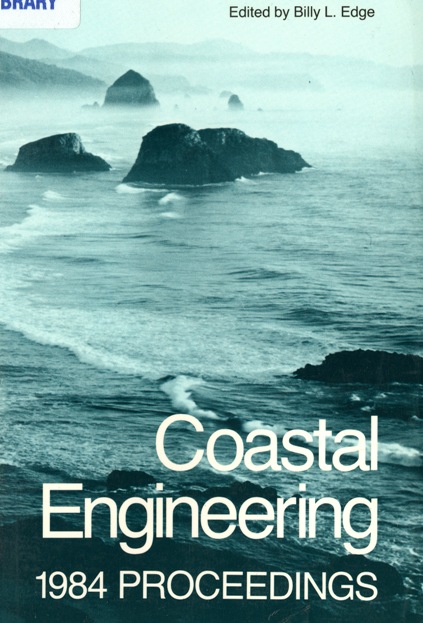Abstract
Results of a WAVE-FOLLOWER EXPERIMENT are presented, in which a moving current meter entrained in the crest of a steep Stokes wave and a moving high-speed film camera follows the wave with its non-linear phase velocity. Measurements of wave particle velocities are then obtained both in non-breaking steep wave crests, and in breaking waves. The breaking waves in deep water conditions are obtained by the application of a non-linear sweep frequency modulation technique, and the Stokes wave becomes unstable due to interaction of 13 wave components focused into one single point in space and time, KJELDSEN 1982. The result of this interaction is a large freak wave, breaking as a plunging breaker in deep water. Measured crest particle velocities obtained with the current meter exceeded the phase velocity of this wave with 36 %. Digitalisation of the high-speed film showed that particle velocities at the very tip of the plunging jet obtained the value 2.65 times the linear phase velocity. These results are then compared with predictions obtained from numerical simulations by LONGUET-HIGGINS & COKELET 1976 and VINJE & BREVIG 1980.
Authors retain copyright and grant the Proceedings right of first publication with the work simultaneously licensed under a Creative Commons Attribution License that allows others to share the work with an acknowledgement of the work's authorship and initial publication in this Proceedings.

